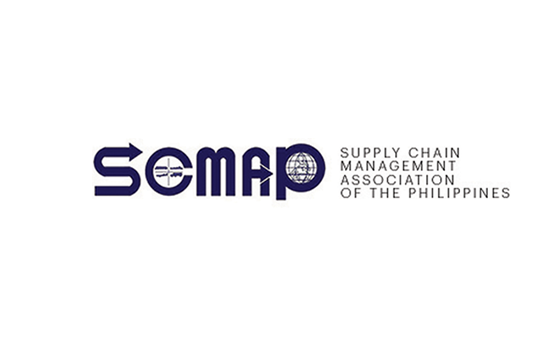In its many pronouncements over the past year, the government has portrayed the arrival of a vaccine against COVID-19 as some sort of “silver bullet” that will get us out of this mess and put us on the path towards recovery, towards that so-called “new normal.” It’s not a ridiculous assertion; there is evidence that the successful roll-out of the vaccine has led to a decline in cases in other countries, although it is certainly not the only tactic at their disposal.
That said, it is all the more reason why we should keep a close watch on how the government ensures that every Filipino is inoculated against a disease that has contributed to thousands of lives lost, and even more lives disrupted. Let’s set aside the questions of what vaccines we’re getting and how we’re paying for them. Let’s focus on what is perhaps the most urgent question: Are the vaccines getting to the right people as soon as possible?
As I write this, the Department of Health has boasted giving out 508,332 doses of the vaccine. Assuming these are first doses—the Sinovac and AstraZeneca vaccines that we have at hand require two shots—that amounts to just over half a million people being given a jab, almost a month after we received our first shipment of the vaccines. That averages out to about 20,000 people a day getting their first doses.
Let’s do some math. The government aims to inoculate 70 million Filipinos by the end of the year. The first vaccines arrived on the first day of March, so that’s ten months, or 305 days. Therefore, the government must administer the vaccine to roughly 230,000 Filipinos a day if it is to achieve their target. I imagine the daily number will go up once more vaccination centers are activated and once the general public becomes eligible to get their jabs, but still, the target is ambitious considering how things are as of this writing.
Those maths also assume just one dose of the vaccine per person. As pointed out by Cold Chain Association of the Philippines president Anthony Dizon during our Supply Chain Outlook Live event last week, the government doesn’t seem to account for the fact that two doses of the vaccine are required per person. Therefore, if the government wants 70 million Filipinos to be fully inoculated by the end of 2021, it has to administer the vaccine to roughly 460,000 Filipinos a day. Even more daunting.
Consider some of the other points made by Dizon during his address. He asserts that the government’s plan overlooks logistical realities, particularly the further you go from a major urban center. Most local governments, he says, do not have adequate facilities and know-how to handle the logistics once the vaccine enters their borders—how to transport it, where to store it. He says it’s because it’s not clear how granular the government’s plans are when it comes to transporting the vaccine. Does it go only up to one of the 4,500 vaccination centers, or should it go further, down to the barangays, of which there are over 42,000? How does the government intend to transport and reallocate unused vaccines? How does it intend to deal with breakages incurred during transport?
And then there are stories of people who aren’t supposed to be getting vaccinated just yet somehow being able to jump the queue. Beyond holding these non-frontliner personalities accountable, we should know how these “leakages” occurred, and make sure these do not happen in the future.
These matters do not inspire confidence in whether we can successfully distribute the vaccine to every Filipino soon enough to be able to move confidently towards that “new normal” and reverse the damage done by the pandemic. At best we may be a country where your options are determined by whether you live in the right city, or work with the biggest companies. At worst, we as a country will be left behind by our neighbors that are well on the path to recovery, and in a world where “standing alone” is not sustainable, we just may find our options severely limited.
Considering the government has not done a stellar job in managing the disease in the past year—let’s face it, this spike in cases within the “NCR Plus” bubble is not wholly because we aren’t disciplined—we have ourselves a much deeper hole to claw our way out of. Is it too late? That’s a difficult question to answer, but the government can start to make things better now. It’s time to call in the experts.
The Philippine supply chain sector has kept the economy going throughout the pandemic, ensuring factories stay running, stores have supplies, and Filipinos have what they need as they observed the lockdown. We are ready to take on this challenge. But first, we have to receive the call.
Henrik Batallones is the marketing and communications director of SCMAP, and editor-in-chief of its official publication, Supply Chain Philippines. More information about SCMAP is available at scmap.org.





